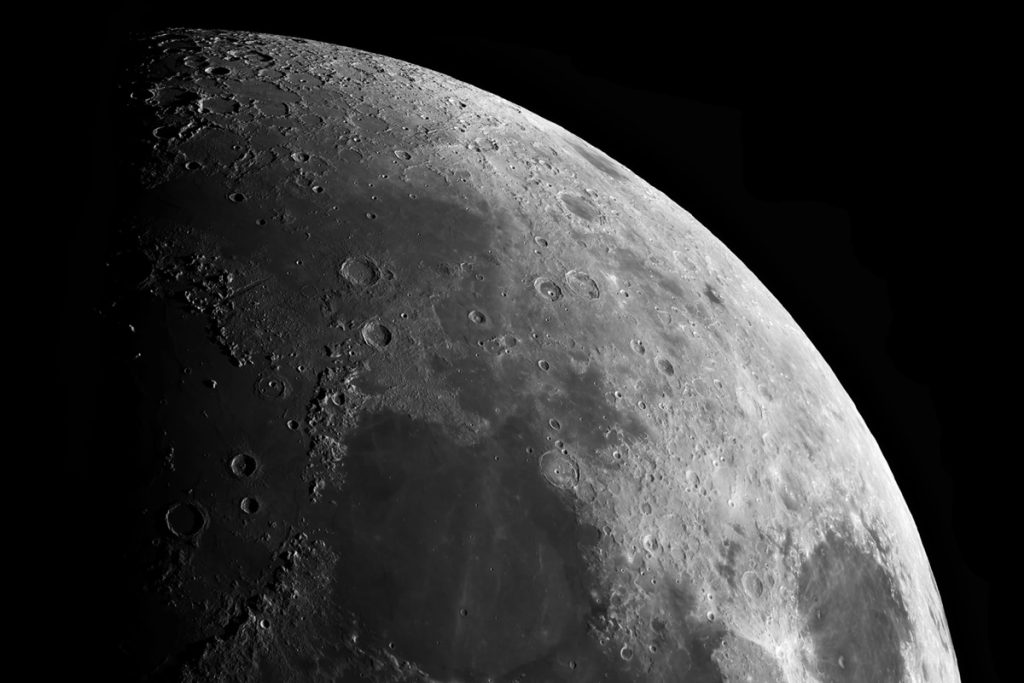NEW YORK — Volcanoes erupted on the far side of the moon billions of years ago, much like those on the near side visible from Earth, according to groundbreaking research.
Get Your “Wicked” Merch and Tickets Here!
Scientists made the discovery by analyzing lunar soil samples brought back by China’s Chang’e-6 spacecraft, the first mission to return rocks and dirt from the moon’s far side.
Key Findings from Lunar Samples
Two research teams studying the samples uncovered fragments of volcanic rock estimated to be 2.8 billion years old. One fragment was even older, dating back 4.2 billion years.
“To obtain a sample from this area is really important because it’s an area that otherwise we have no data for,” said Christopher Hamilton, a planetary volcano expert at the University of Arizona who was not involved in the research.
The findings confirm that the far side of the moon had a history of volcanic activity, corroborating earlier studies based on data from NASA’s Lunar Reconnaissance Orbiter.
Amazon’s Black Friday Deals Are Coming
Comparison of Lunar Sides
The near side of the moon, which faces Earth, is known to have hosted active volcanoes during the same period. However, the far side presents a starkly different landscape, characterized by pockmarked craters and fewer flat plains created by lava flows.
“The two sides of the moon are so different, and why that remains a mystery,” said study co-author Qiu-Li Li of the Chinese Academy of Sciences.
The research revealed evidence of over 1 billion years of volcanic eruptions on the far side, offering fresh insights into the moon’s geological history.
Upgrade to a Modern Christmas Tree for a Stunning, Effortless Festive Season!

Advancements in Lunar Exploration
The findings, published Friday in the journals Nature and Science, mark a significant achievement in lunar exploration.
China has launched several successful moon missions in recent years:
- Chang’e-4 became the first spacecraft to land on the far side of the moon in 2019.
- Chang’e-5 returned moon rocks from the near side in 2020, the first samples collected since NASA’s Apollo missions and Soviet spacecraft expeditions in the 1970s.
The Chang’e-6 mission continues this legacy by uncovering the moon’s far-side volcanic history for the first time.
Revolutionize Your Kitchen With The Power of These Air Fryers
Future Research
While the findings provide strong evidence of extended volcanic activity, questions remain about why it persisted for so long on the far side.
“This is a key piece of the puzzle,” said Li. Future research will focus on unraveling the geological processes that shaped the moon’s contrasting hemispheres.
These discoveries deepen humanity’s understanding of the moon’s evolution and pave the way for further exploration of its lesser-known regions.

